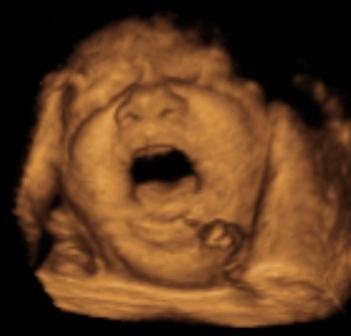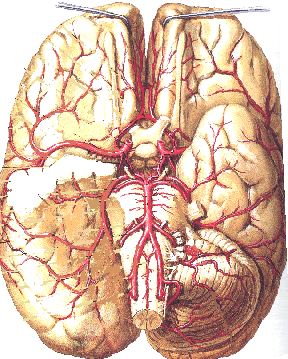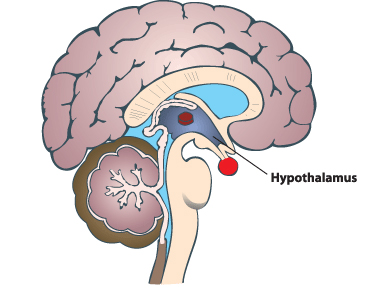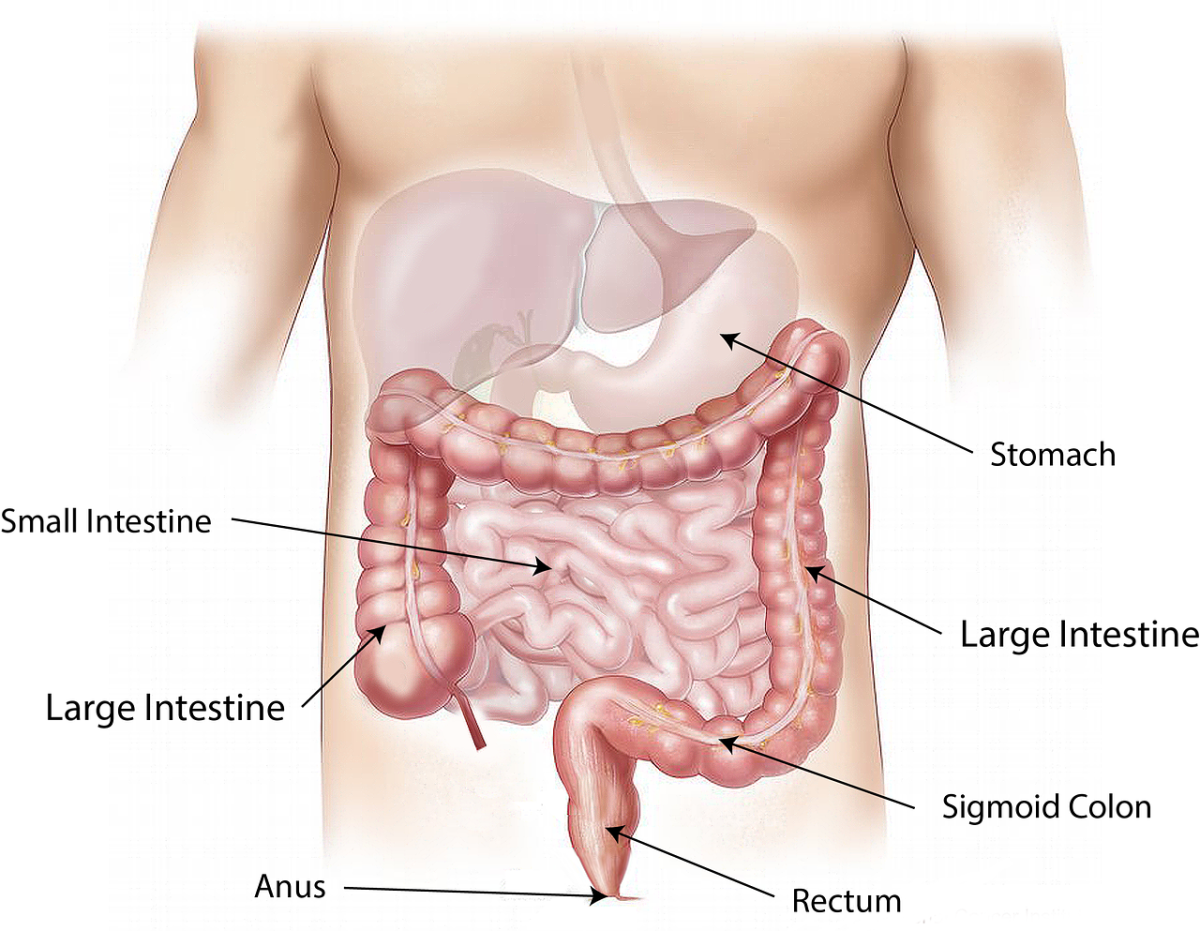The Real Causes of Yawning
Yawning: General Perception
We often associate 'yawning' with feeling tired, sleepy or getting bored.
You all must have noticed that yawning is contagious and whenever you see someone yawning near you, you tend to yawn yourself. One yawn in a group of people can trigger a domino effect, causing many others to yawn.
If you try to remember, we generally yawn after eating full meals, before sleeping, after waking up, when we feel tired after a day's job or a long journey, when we feel like sleeping or when we are not interested with the ongoing activity.
Yawning is generally accompanied by powerful stretching and closing of eyes to allow contraction and relaxation of facial muscles.
But how much do we know and understand about the scientific theories behind yawning - one of the most trivial behaviour of human beings?
Continue to read the rest of the hub to gather some interesting facts and science-based reasons for yawning! Are you yawning by now?
Yawning comes in various sizes!





What is a 'yawn'?
Yawning is a natural, involuntary reflex action of the body which is characterized by a large opening of the mouth, with dropping of the jaws, accompanied by a long inhalation (breathing in air) and followed by a shorter exhalation (breathing air out).
Since yawning is a natural adaptation of the body, it is not considered as a medical condition and this is the reason why only few scientific research groups have been interested to study the causes of yawning in details. There are four theories to explain the cause of yawning but none of them are conclusive or proved by hard evidences.
Here are some interesting facts about yawning and the plausible reasons for its incidence:
1. Yawning is common in most vertebrates (species with a backbone) including mammals and birds. A normal yawn lasts from 6-10 seconds.
2. In some primates there is a special 'display yawning' to demonstrate threat by revealing their canine teeth. Interestingly, in such cases the animals keep their eyes open consciously in order to monitor the effect of the yawn on the other species.
3. According to the evolutionary theory, yawning is a natural mechanism adapted by the body to carry out some specific functions. For instance, earlier, animals or apes used to communicate through signals and gestures. When one of them in a group yawned, barring their teeth, another yawned within a few minutes, which in turn triggered a series of yawns within the community. This was a way to strengthen their motives and collectively get ready for a fight. Over a period of time, some of this body trait must have still remained as 'vestigial reflex action' (left-over but not used), though yawning is not used to communicate any more and is one of the causes of contagious yawning.
4. Contagious yawning is prevalent within the same type of species. For instance, if you see a picture of a tiger yawning, you will not necessarily yawn, but if you see another human being yawning, you have far more chances of yawning. This is also called 'sympathetic theory' or 'empathetic theory'. Though never proved by concrete evidences, some reports say that you are subject to contagious yawning when you are close to the person who yawned, whereas your chances of yawning following the yawn of a stranger would be less.
Baby Yawn!


5. Human foetuses start yawning after 11 weeks of conception.
6. According to another well accepted theory, yawning is an involuntary respiratory reflex action. The mechanism helps to increase the oxygen levels in the bloodstream.
How?
When we feel deprived of sleep, uninterested in something or stressed out, we tend to undergo shallow breathing. Low levels of oxygen enters the lungs, as a result the tiny air sacs in our lungs get devoid of oxygen and collapses. The lung tissues become stiffer as carbon dioxide build-up takes place. This causes less flow of blood to the brain as well, which in turn signals the body to yawn. While yawning, one gulps in a lot of oxygen-containing air and fills the lungs with fresh air, reinstating the normal respiratory condition. At the same time stale air, carbon dioxide is pumped out. Hence yawning plays a role in maintaining the level of oxygen in the bloodstream.
Why this theory did not work?
- It is well proved that foetuses yawn, but in the womb, they do not intake oxygen into their lungs, hence the reason for their yawning cannot be explained by this theory.
- Also, a study by an expert, Dr. Robert Provine unveils that when a group of people were allowed to breathe excess oxygen and lesser amount of carbon dioxide, that means the oxygen and carbon dioxide levels in the lungs were artificially kept normal, the number of yawns did not get affected.
7. Ear pressure theory: Yawning helps to regulate the ear pressure in the eardrums.
How?
During an yawn, the mouth opens wide and the ear drums expand. This happens when the pressure inside our eardrums exceeds the normal limit, our body feels uncomfortable and the brain signals the incidence of yawning, during which the eardrums expand and releases the excess pressure. Hence yawning is considered as a mechanism to equalize the ear pressure.
As an extension to this theory, it also says that when one person's ear pressure reaches equilibrium, it disturbs the air pressure around the ear of another person sitting nearby. This goes on and results in contagious yawning, equalizing the ear pressure of a group of people.
8. Brain cooling hypothesis: This is the most recent and according to my understanding, the most plausible theory which can explain the cause and function of yawning. Yawning acts as thermoregulatory system or regulates the temperature of the brain.
How?
Brain is like the central processing unit (CPU) of the computer, it gets heated with certain actions and needs to be cooled down for resuming the best performance. When we feel sleepy, get bored or tired we are in a relatively inactive phase, which slows down our breathing. Due to less oxygen intake, blood circulation to the brain is hindered to some extent and heats up the brain. Yawning allows a lot of air to be inhaled, which circulates through the facial muscles and enhances blood flow in the brain. Cool fresh air gulped in cools the brain and hence regulates the temperature of the brain.

9. Everyone is aware that yawning is contagious. But not only seeing, even reading, thinking, hearing and writing about yawning can cause an epidemic yawning outbreak.
10. As opposed to the perception that yawning indicates sleepiness or boredom, it actually arouses the brain from the inactive to the active state. The cooling of the brain during yawning maintains optimal mental efficiency and causes one to become alert after a short phase of slow-down.
The contagious yawning can be understood from the viewpoint of evolutionary history in which the involuntary mechanism triggers a chain of yawnings in order to establish group vigilance.
11. While we yawn, the facial muscles get stretched and helps to increase blood circulation in the face which passes on to the brain, improving the cerebral blood flow.
12. A study by Gallup and Gallup in the State University of New York (Albany), revealed that when the surrounding temperature is more than the normal body temperature, yawning decreases drastically. When the surrounding temperature is warmer, the body does not want to gulp in a lot of hot air, which will become counter-productive in cooling the brain. Hence when we have fever, we yawn less.
13. In another experiment by the same group, it could be proved that when the surrounding temperature is colder than the normal body temperature, yawning tendencies reduced to a great extent. This is because, already the brain is cooled by the cold ambience through the tiny blood vessels in the skin, yawning is not required to carry out the compensatory thermoregulatory function.
14. Nasal breathing Vs Oral breathing: It is experimentally shown by the same researchers above that the people who breathe through nose, do not yawn as much as those who breathe by mouth. Again the reason is that when we breathe through nose, fresh oxygen directly reaches the brain through a shorter route than when we breathe by mouth. Cooling of the brain occurs by normal breathing, hence the process of yawning is not necessary.
- http://www.epjournal.net/filestore/ep0592101.pdf
Read about the scientific research of Gallup and Gallup about how yawning is evolved as a brain cooling system.


15. When you try to stop yawning to keep you from embarrassment (especially during meetings), you clench your teeth and attempt to keep your jaws closed forcibly. But that makes your yawn abnormal and unsatisfying, which is usually followed by more yawns within a short span. Contagion is not stopped by clenched teeth yawns.
16. Yawning is generally accompanied by lengthy stretching of arms and other body parts, which helps increase blood flow and that in turns triggers improved cerebral blood circulation. Effective blood circulation in brain maintains mental alertness.
17. Who is responsible for yawning mechanism?
Hypothalamus in brain plays the key role in the process of yawning. Hypothalamus is the master organ and controls all the functions of our body. The complex circuitry in the hypothalamus has been found to be associated with the thermoregulatory mechanism.
18. Yawning is under the control of neurotransmitters (chemicals in brain) and neuropeptides (proteins in brain) and interaction of these substances with the nucleus of the hypothalamus induces or inhibits yawning respectively. Hence injecting a neurotransmitter, dopamine into the hypothalamus facilitates yawning. This is called drug-induced yawning.
19. Yawning is considered normal and is dictated by the body for its own good. However, 'excessive yawning' (yawning 4-5 times in a minute) is one of the symptoms of some medical conditions such as multiple sclerosis, migraine headaches and some sleep deprivation diseases. One must consult a doctor if unusual number of yawnings occur.
20. Yawning is increased when people are engaged in difficult mental tasks or stressful situations, which causes high information processing loads, increasing brain temperature, thus triggering brain cooling mechanism.
Read my other hubs on interesting aspects of human brain:
Conclusion:
So you see that yawning is not bad, rather good for your brain. Next time instead of feeling awkward for yawning in the middle of a meeting, you can allow yourself a satisfying yawn. That will rekindle your mental alertness, you can explain to your boss.
And now, if you are yawning while reading this, I don't take offence, it's only because either you are mirroring those yawning animals above or maybe your brain needs a 'keep me cooler'.






